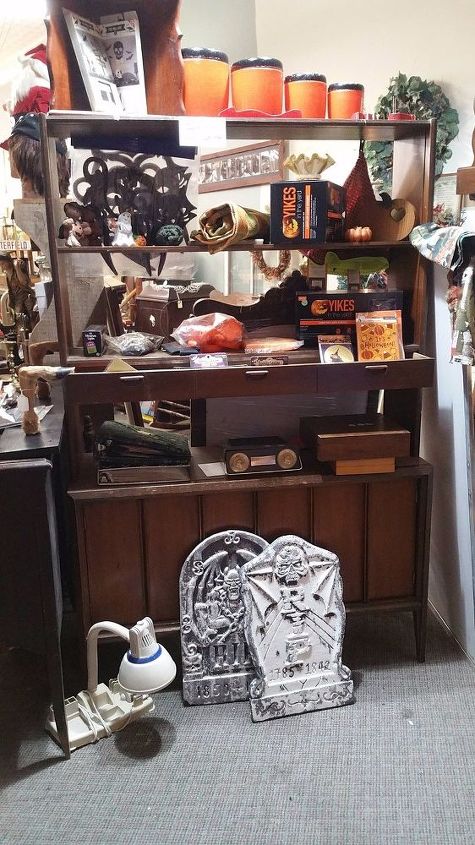How can I make a hutch into 2 pieces safely?

Related Discussions
Vinyl plank flooring vs pergo (laminate)
I currently have stinky dirty carpeting in my living room and I want to replace it with a durable flooring that can stand up to dogs and kids.
How to remove popcorn ceiling that has been painted?
Does having a paint over a popcorn ceiling change how I'd remove the popcorn ceiling?
How to apply peel and stick wallpaper?
I want to spruce up my walls with peel-and-stick wallpaper. Has anyone used this before and can advise me as to how to apply it properly?
How to stain wood floor?
I've heard staining is a good technique for updating floors. So how do I stain my wood floor?
I would like to put these 2 chairs together how can I do this safely?
I will use slipcover to make it look like a loveseat. I want it to be safe so no one falls through
How can I make over a hutch to make it a bar?
Turn a hutch into a bar





Look at it close, there may be screws holding the pieces together already, that would solve the problem right there and all you would have to do is deal with the screws to take it apart and put it together.
Thats a mid-century piece, and probably won't seperate. There won't be any stability to the hutch part if you remove it. You are better off selling as is, will fetch a good price as a original mid-century modern.
Hard to tell but if this is made of particle board it will not do well with modifications and won't hold together if it is moved a lot. That said, if you cut the top off of the base and put a 1 x 12 across the bottom of the top piece, rabbeting the ends to give strength to the joints, it should function separately. Drill 4 holes through your 1 x 12 down through the top of the base and use 1/4" bolts with washers and wing nuts to hold the two pieces together and you should be set. Replace the back with thin plywood because it provides structural strength that you would not get from tin. Not only will it stabilize the shelves to minimize bowing it will keep the shelf from racking, which it will with no back.